Read Me First
Welcome to Take Control of iCloud, version 1.3, published in August 2012 by TidBITS Publishing Inc. This book was written by Joe Kissell and edited by Tonya Engst with help from Dan Frakes.
iCloud is the latest incarnation of Apples suite of Internet services, in the lineage of MobileMe, .Mac, and iTools. Although iCloud is designed to be largely invisible in everyday use, setting up all its related components optimally can be a challenge, and you may need to learn new ways of thinking about your data. This book helps you make sense of iCloud, configure it for your needs, and form new habits that will enable you to get the most from the service.
If you want to share this ebook with a friend, we ask that you do so as you would with a physical book: lend it for a quick look, but ask your friend to buy a copy for careful reading or reference.
Discounted classroom and Mac user group copies are also available.
Copyright 2012, Joe Kissell. All rights reserved.
Updates and More
You can access extras related to this book on the Web (use the link in , near the end; its available only to purchasers). On the ebooks Take Control Extras page, you can:
Download any available new version of the ebook for free, or buy any subsequent edition at a discount.
Download various formats, including PDF, EPUB, andusuallyMobipocket. (Learn about reading this ebook on handheld devices at http://www.takecontrolbooks.com/device-advice .)
Read postings to the ebooks blog. These may include new tips or information, as well as links to author interviews. At the top of the blog, you can also see any update plans for the ebook.
If you bought this ebook from the Take Control Web site, it has been added to your account, where you can download it in other formats and access any future updates. However, if you bought this ebook elsewhere, you can add it to your account manually; see .
Basics
Here are a few rules of the road that will help you read this book:
Links: All blue text in this ebook is hot, meaning you can tap (or click) it, just like a link on the Web. If you click a link to switch to a different part of the ebook, you can return to where you were with a shortcut, if your ebook reader offers a back feature. For example, in iBooks in iOS, tap the Back to link in the lower left (you may have to tap the page once to activate the navigation controls). Or, in Preview on the Mac, choose Go > Back (or press Command-[ ).
Finding settings on an iPad, iPhone, or iPod touch: I sometimes talk about preferences in the Settings app. To open Settings, navigate to the first page of the Home screen and then tap the Settings icon (unless youve moved the Settings app to another page). When the Settings app opens, tap the name of the item whose settings you want to adjust. I describe this with a shortcut, such as go to Settings > Mail, Contacts, Calendars, which brings up the preferences view for the Mail, Contacts, and Calendars apps.
Menus on a Mac or in Windows: Where I describe choosing a command from a menu in the menu bar, I use a shortcut. For example, the shortcut for the menu command in iTunes that opens the home page of the iTunes Store is Store > Home.
Finding System Preferences on a Mac: I sometimes refer to settings in System Preferences. To open System Preferences, click its icon in the Dock or choose Apple  > System Preferences. When the System Preferences window opens, click the icon of the pane whose settings you want to adjust. I may refer to these panes using a brief notation such as the Network preference pane.
> System Preferences. When the System Preferences window opens, click the icon of the pane whose settings you want to adjust. I may refer to these panes using a brief notation such as the Network preference pane.
Path syntax: This book occasionally uses a path to show the location of a file or folder in the Mac file system. For example, the path /Applications/Utilities/Terminal means the Terminal application is inside the Utilities folder, which is in turn inside the Applications folder. The slash at the start of the path tells you to begin at the top level of the disk. Some paths begin with ~ (tilde), a shortcut for the current users home directory. For example, if the person currently logged in has the user name joe , then ~/Documents means the same thing as /Users/joe/Documents .
Whats New in Version 1.3
Version 1.3 brings the book up to date with OS X 10.8 Mountain Lion and covers changes that occurred with the final shutdown of MobileMe on June 30, 2012. Major differences from version 1.2 include:
Removal of remaining MobileMe material
A brief sidebar () describing how iCloud copies data on your local network when possible
Additional information on options for accessing iCloud calendars and contacts on devices that dont meet iCloud system requirements (see )
Greatly expanded information about your Apple ID and how iCloud uses it (see )
New instructions for how to
A new topic describing how to
New information in about how to use the automatic download feature for Mac apps in Mountain Lion
Instructions for using your Photo Stream as a screen saver in Mountain Lion (see
Significant updates to , covering how to use this capability in Mac apps running in Mountain Lion
A sidebar detailing a way to share contacts with a friend or family member (see )
New (brief) chapters covering , which are now separate applications in Mountain Lion
Previews of upcoming iCloud features Apple has announced for iOS 6, presented in notes like this:
Coming in iOS 6: In iOS 6, signing in to iCloud will bring about world peace and free ice cream for everybody.
What Was New in Version 1.2
Version 1.2 of the book included the following major changes:
A new sidebar called that covers when and how you might use more than one iCloud account for data such as email, contacts, and calendars on a Mac or iOS device
Several updates to the chapter to account for the fact that you can now re-download movies, too (with some restrictions)
Coverage of the numerous new ways in which you can from your Photo Stream
A sidebar covering
Restoration of previously deleted material about using Back to My Mac with a Time Capsule or AirPort Disk, now that Apple has added iCloud support to those devices; see )
Changes to the list of suggested Web hosting providers (the entire list was later removed in version 1.3)
Introduction
It seems like Ive been here before. Three years ago I was writing a book about MobileMe, and three years before that I was writing a book about .Mac. I didnt write a book about .Macs precursor, iTools, but I could have done so four years earlier still. Im starting to feel a certain rhythm to the way Apple revamps its online servicesits one of those things Ive come to expect about as often as the Olympics or presidential elections. This time around, we say goodbye to MobileMe and hello to iCloud.
iCloud is both a new name and a new collection of services in the lineage of MobileMe, .Mac, and iTools. I wouldnt be so foolish as to predict that its the ultimate iteration, or that it will still be around in its current form five years from now. But one thing is clear: iCloud is dramatically different from any of its predecessors. It represents not merely a shift in service offerings but a fundamental change of strategy for Apple. Its a big deal, and many former MobileMe users are still struggling to adapt to the New World Order.
Heres a quick quiz. Can you name all the features from the original iTools, launched in January 2000, that still exist in iCloud? There are only two. First is email: iCloud gives you a full-featured email account in the me.com domain; iTools included accounts with the mac.com domain name. (Those who have stuck with the service since its earlier days can still use their mac.com addresses.) The second feature is more subtle. Its the price: iTools was free, and so is iCloud; both .Mac and MobileMe required a paid subscription. Other than those two things, iCloud is utterly and completely different from Apples initial vision of what an Internet-based service should be.

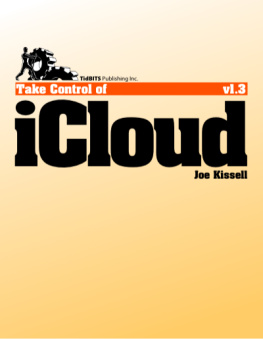
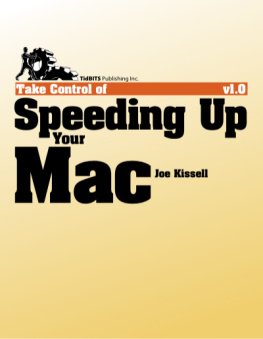
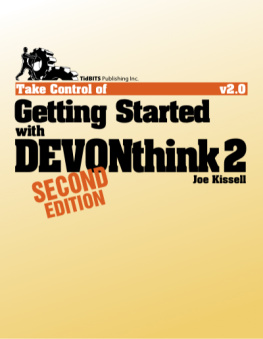
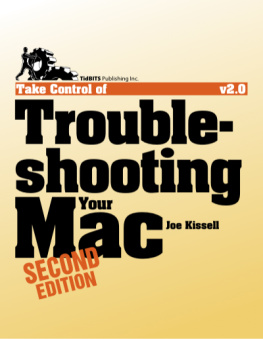
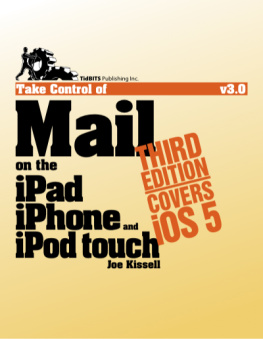

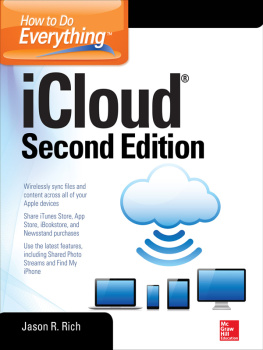
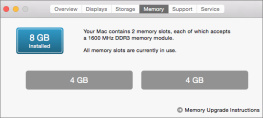
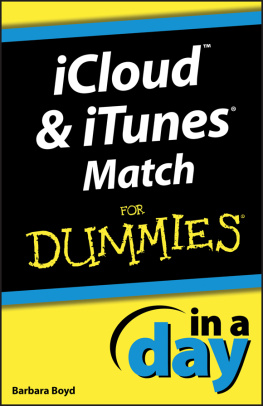
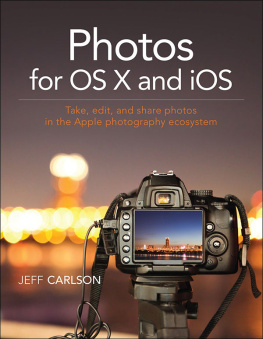
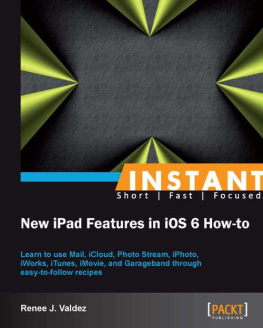
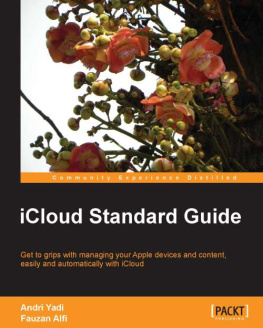

 > System Preferences. When the System Preferences window opens, click the icon of the pane whose settings you want to adjust. I may refer to these panes using a brief notation such as the Network preference pane.
> System Preferences. When the System Preferences window opens, click the icon of the pane whose settings you want to adjust. I may refer to these panes using a brief notation such as the Network preference pane.